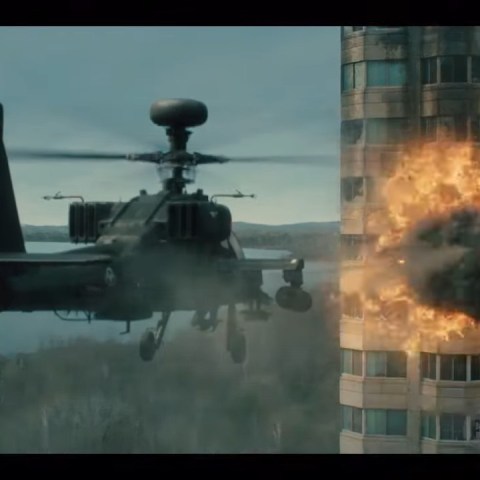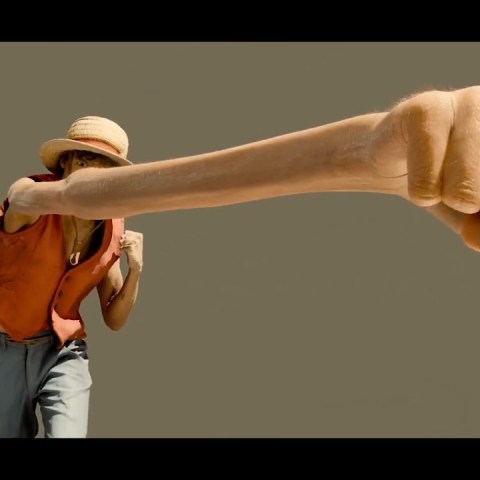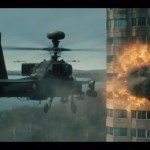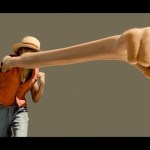Framestore’s air-side journey for ‘The Aeronauts’
The big challenge for VFX studio Framestore on The Aeronauts was crafting a convincing aerial environment through which Amelia Wren (Felicity Jones) and James Glaisher (Eddie Redmayne) would travel in their balloon. They’d go above the clouds and through a storm.
Sometimes this environment came from live-action aerial footage stitched together and sometimes from completely digital ‘cloudscapes’ generated by Framestore.
befores & afters asked Framestore’s visual effects supervisor Christian Kaestner and CG supervisor Ben Magana about the specific challenges of making that imagery for the Tom Harper film.
The VFX approach
Christian Kaestner (visual effects supervisor): What’s important to understand is that the project really evolved. There were actually a lot less visual effects and CG environments planned when we started. It was supposed to be mainly helicopter plates and everything done with stitches and more traditional bluescreen and live action backgrounds. But because of the art direction and the feasibility of portraying the landscapes, skyscapes and cloud scapes, it changed. We obviously were planning on doing CG clouds for some of the work and to support the environments, but we did a lot more CG than planned.



A lot of the movie was planned to be helicopter plates. We still have sequences in the movie that are helicopter plates. Our challenge was, how do we seamlessly tie our CG environment into the same look? We had nowhere to hide, really. We ended up doing these 360 degree cloudscapes, which was a similar approach to the helicopter array shoot, which were also 360 cloud scapes that we stitched together, but as live action footage.
Cloud building
Ben Magana (CG supervisor): We started trying to get a very photorealistic approach to these images. There was a lot of playing with instancing and then just getting the right type of elements that we’d be able to use and re-use in certain sections. We would sculpt actual clouds and then fill that shape with volume data. Houdini was widely used. There were a lot of initial elements built in Houdini as models or parts of clouds that would then be laid out in our environment.
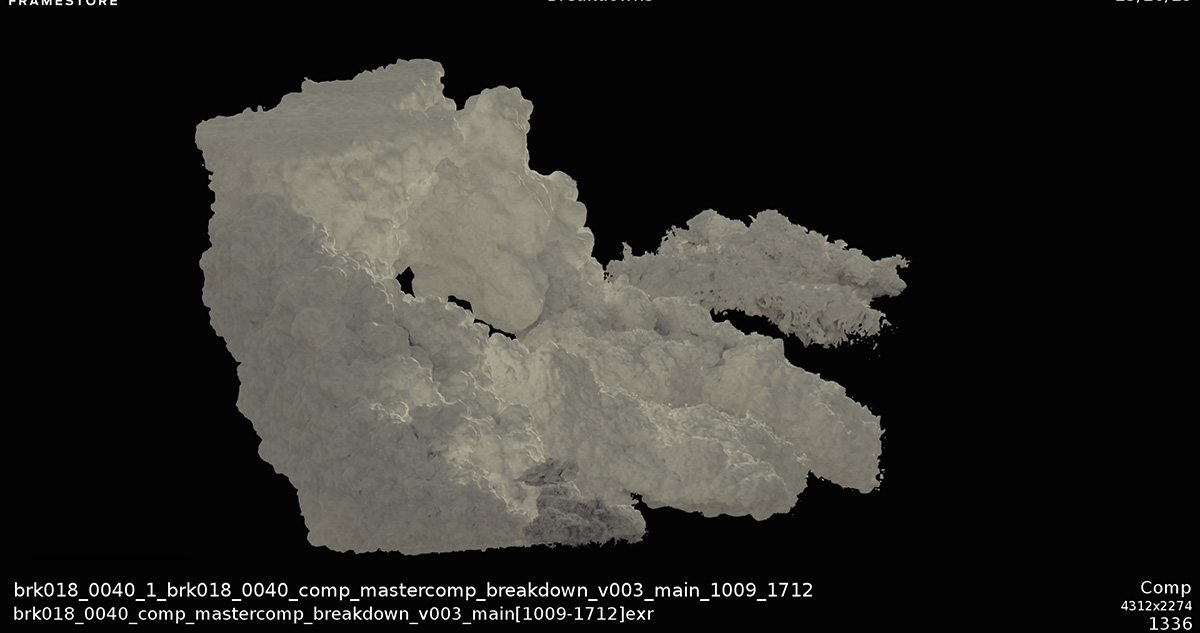




Christian Kaestner (visual effects supervisor): We did research on the latest cloud rendering shaders, but one thing we were also quite wary of was we could not render these cloudscapes for every single shot. It meant we could implement these as backgrounds and then sometimes we had mid-grounds. For the storm sequence we did dress individual clouds and rain elements.
Rather than rendering everything really high-res and make a shader that would take even longer to render, we came up with a frame-blending technique where we actually could render every other frame in one quality and then render every other frame in the other quality and blend them together in compositing. So we were able to get around the complex compute times by cutting all of our frames in half and then generating in-between frames later on. About 90% of the show was done in our new renderer freak and about 10% in Arnold.
Planning a balloon ride
Ben Magana (CG supervisor): The balloon is a very important character in the film. But very quickly, the asset became a very heavy one. We also had the practical balloon set that the actress walked around on top of, which helped show us what kind of interaction there would be. That gave us a goal to see how much wrinkle and how much movement and how much level of movement that balloon actually had.


Christian Kaestner (visual effects supervisor): The entire balloon ride was laid out in space correctly to where it needed to be. We had numbers for what speed and how many meters per seconds the balloon was ascending, and what height everything was. There was a big spreadsheet on the wall that gave us all the heights and travel speed.
Ben Magana (CG supervisor): The cloudscape and all these weather elements were part of the storytelling. But when they were shooting all of those were missing. So, we had to show them what they were planning to do, and then make a call there. For example, height was one thing. They had mapped out through the whole movie how high they would go. And another was the correct look for those clouds. At a certain point we had to make some adjustments so that we could make sure that the story was told correctly or as needed for the project.
Into the storm
Christian Kaestner (visual effects supervisor): For the storm sequence, that obviously needed to be accurate within the movie. The plates itself were shot on the bluescreen studio. They did a really good job in trying to anticipate what it would feel like. But in the end we still needed to do a lot of work later on once we laid everything out, something that we call the conform when you track the shot and matchmove the basket and then put that back on a card.


One shot in the storm sequence when the balloon gets dragged away, when Amelia is hanging on it, the mock-up for that was an Avid zoom out. We basically put that all back into 3D space and tracked the plate, put it on a card and then moved the card. We effectively laid it out in space so that the simulation of the balloon that was on top of it could react to it.
It was quite elaborate and there was a lot of CG work, but there was equally a lot of 2D work later on because we had CG mist and CG clouds and the lightning and rain and all the elements. And then on top of that we put real live action elements on the lens that our artists found in our library, such as droplets and stuff. It would give us water splashing the lens and an extra gusts of rain and wind that we composited altogether, I think that was really what married the live action performance with the CG backgrounds.
Lightning lighting
Ben Magana (CG supervisor): There were a lot of tests done for getting the right contribution from the lightning onto the clouds, with all the right back scattering on the clouds. The balloon was mainly CG; we only had the basket from the set. So for all of that integration we did a lot of technical renders and masks and RGB passes for different types of lights that after the fact comp would use and control and then give them the right amount of integration with plate and renders.

Christian Kaestner (visual effects supervisor): So we had a system with the lightning that would allow us to basically render everything – render the environments and then comp could control the lightning contributions based on the lightning that was in the plates. And when we started doing that we blocked out the sequence and matched every single lightning strike from the plate photography, from the live action photography. And we showed that to Tom and his reaction was this is great, but I think it’s too much. And then I think they had a screening as well and the audience thought it was just doing too much or had too over the top lightning. So we ended up actually removing quite a lot of live action lightning because it felt too much like a disco than a lightning storm.










